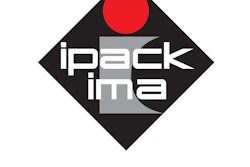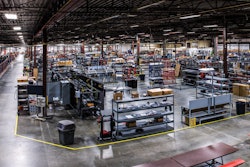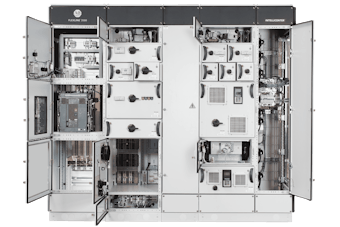Machine builders and their end-user customers are exposed to sometimes wildly different pressures, but still usually come together in a manner that’s mutually beneficial.
With these potential stumbling blocks and pain points in mind, PP-OEM and Packaging World teamed up to conduct a survey of their respective audiences. The idea was first to map out many of the key interaction points between machine buyer (Packaging World’s audience) and machine seller (PP-OEM’s audience), and then identify areas of noticeable friction.
On many of these topics, builders and buyers seemed to be in agreement, by and large. But that’s not the case across the board. The survey brought into focus several important gaps that separate the two camps. Buyers have pain points they’d like to articulate if given an opportunity. And builders have their own ideas about ways in which the gaps between the two might be better bridged, if only they had the chance.
One evident gap between end users and their OEM suppliers is in how controls components are selected. We see that OEMs are twice as likely to look for best in breed controls components, while end users are twice as likely to look for easily serviced/replaced controls components.
End users Mark Green, manager, Global Engineering, Abbott Nutrition, Columbus, Ohio, and John Giles, manager, Operations Engineering, Amway, Ada, Mich., described their rationale for erring toward easier service and replacement over the best in breed.
“We try to stay consistent in our controls components for a couple of reasons. The internal service element is one,” Green says. “Our own controls engineers and electrical maintenance folks are familiar with a certain platform, so we try to standardize on keeping that the same. Then, of course, the availability of external service as well matters quite a bit to us.”
Giles agrees that this is a major issue for him as well, and says that most of the time, the latest and greatest controls or features that the OEM may be proposing are “too far out there for our purposes.” Amway’s operators and personnel benefit from the element of commonality and ease of use.
“When we talk about platforms,” Giles says, “there’s the platform that interfaces with the operators, and then there’s the platform that runs in the background. There have been cases where the OEM has stated that if they’re forced to use the same platform for the operator interfaces that they’re using for the behind the scenes control of the machine, it will dumb the machine down and slow response time. On a case-by-case basis, we have allowed them to do that, as long as there’s a rationale there. But carte blanche, we’re not going to say do it without asking us because we want to make sure we agree with their logic.”

Scott Reed, VP, Sales, Marketing & Customer Service, ADCO, Sanger, Calif., says that OEMs in general have to be responsive to an end user’s familiarity requirement. His own company, ADCO, tends to stay with more traditional or established solutions as a result of the pull-through demand. Naturally CPGs want to go with what’s familiar, what’s easily serviced, and what’s readily available. After all, end users have MRO inventory, and they have installed base of controls components already.
“That said, I think there’s certainly some opportunity for innovation that’s being slowed up by adherence to the tried and true. I think it’s fair to say that when we look at new competing technologies, there are some interesting things out there, but OEMs may tend not to apply them only because of fear, uncertainty, and doubt of acceptance,” he says.
Jeff Bigger, president and CEO, Massman Automation, Villard, Minn., Barry Heiser, president, Global Filler & Integrated Solutions, Pro Mach, Cincinnati, and Reed agree there’s some change in the air on this, though. Reed is even starting to see more customers approach him about alternative controls.
“I think the work some of the smaller controls component suppliers in the marketplace have done, is starting to resonate. Comments from the alternate vendors used to be, ‘Oh yeah, they accept our platform too,’ but now we’re actually hearing it from customers. It makes the challenge for us a bit easier. We’re starting to see some shift in the marketplace in terms of pull-through opportunities.”
Bigger adds that the increase in foreign, international equipment among North American packagers is accelerating this mood shift.
Also, Rockwell Automation, which has long enjoyed de facto standard status among North American packaging machinery manufacturers, is currently launching an entirely new product line in the packaging machinery market segment for motion control, I/O, and more.
“As the current Rockwell platforms go silver and new ones are introduced the playing field for inventory will begin to level,” Heiser says. “But it will also give us new technology opportunities in the Rockwell platform.”
See where OEMs and end users align and differ on other equipment procurement pain points: Survey says: OEMs, end users share sore spots on path to purchase



















